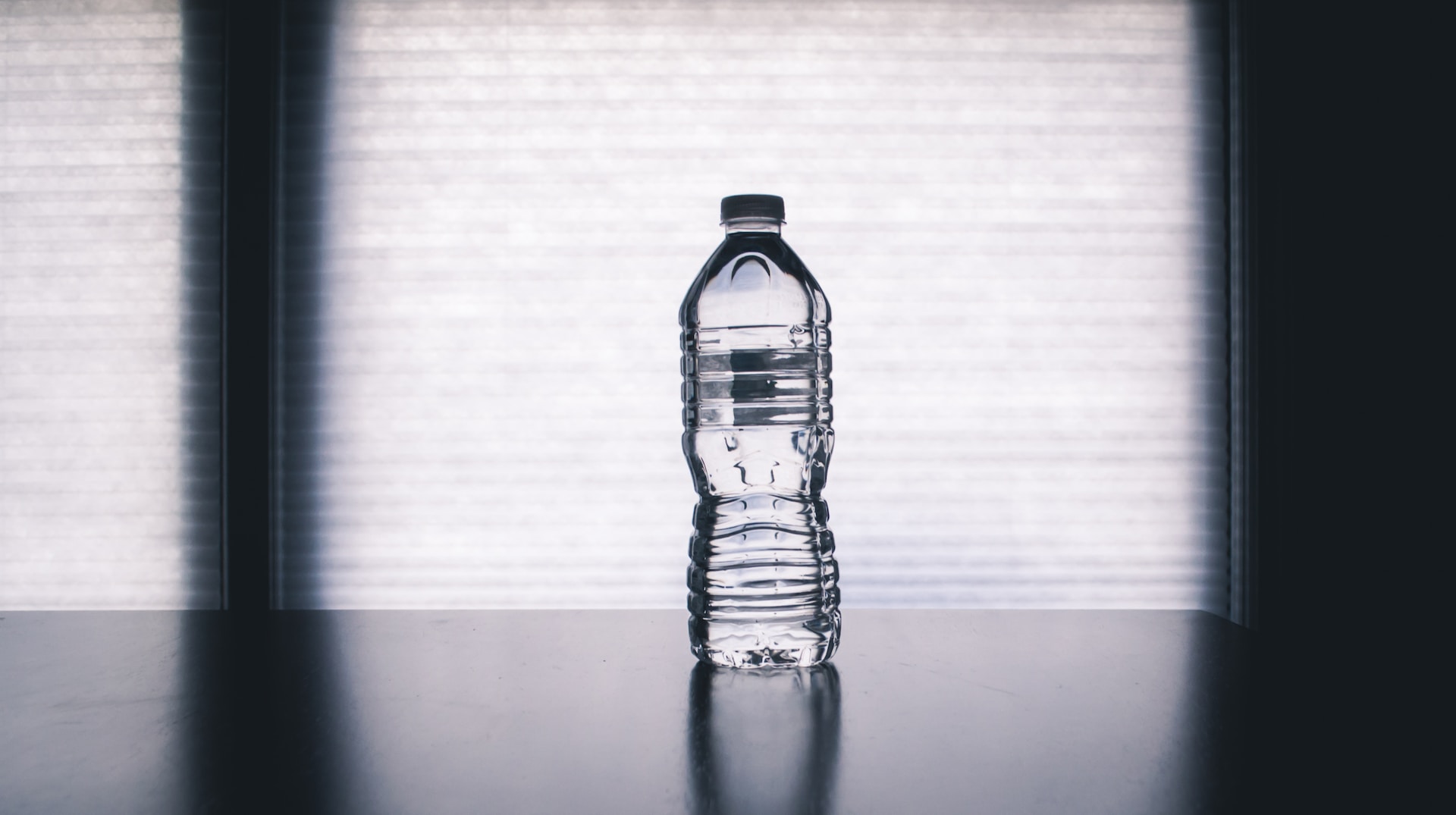In a world where convenience often trumps environmental concerns, bottled water has become a ubiquitous presence in our daily lives. However, a recent study published in the journal Proceedings of the National Academy of Sciences has shed light on a disturbing truth – each bottle of water may contain hundreds of thousands of nanoplastics, posing potential risks to our health and the environment.
Nanoplastics, as the name suggests, are tiny particles of plastic measuring less than 1 micrometer. Previously uncharted territory, these minuscule fragments have now been quantified in a new study conducted by researchers from Columbia University Lamont-Doherty Earth Observatory, Columbia University, and Columbia Mailman School of Public Health in New York. Their research revealed that each liter of water can contain approximately 240,000 nanoplastics, significantly higher than previously estimated.
This groundbreaking study employed a novel technique called stimulated Raman scattering microscopy. This powerful optical imaging method allowed researchers to identify and quantify individual nanoparticles with unprecedented sensitivity and specificity. By utilizing lasers to stimulate the molecules of common plastics, they were able to gain insight into a previously unexplored world.
While previous studies provided broad estimates of nanoplastic amounts, this study is the first to identify the specific number of individual particles. The most prevalent types of nanoplastics found in the analyzed bottled water were polyamide, a type of nylon, and polyethylene terephthalate (PET), the material commonly used to make water bottles. Other identified plastics included polystyrene, polyvinyl chloride, and polymethyl methacrylate.
The potential health consequences of nanoplastic exposure remain largely unknown. Due to their tiny size, there is concern that these particles could enter our bloodstream, organs, and even individual cells. Researchers caution that further studies are needed to fully understand the impact of nanoplastics on human health.
The study’s co-author, Beizhan Yan, an environmental chemist at Columbia University’s Lamont-Doherty Earth Observatory, emphasizes the need for additional research. He plans to use higher power lasers in future studies to enhance sensitivity and identify other types of plastic. By doing so, scientists can gain a more comprehensive understanding of the potential risks associated with nanoplastics.
Beyond the potential health risks, nanoplastics pose a significant threat to the environment. Plastic pollution is already a global concern, with plastic waste contaminating our oceans, harming marine life, and infiltrating ecosystems. The discovery of nanoplastics in bottled water further exacerbates this crisis.
Nanoplastics and microplastics, which are larger particles of plastic, are not only found in bottled water but also in thousands of other food and beverage products packaged in plastic containers. Moreover, these particles are present in our soil, air, and water, underscoring the pervasive nature of plastic pollution in our environment.
Environmental advocates argue that the prevalence of nanoplastics in our water supply is a clear indication that our society needs to move beyond plastics. Celeste Meiffren-Swango, the Zero Waste program director at Environment America, emphasizes the urgency of the situation. She states, “We have a public crisis on our hands – in our bodies and our water.” The infiltration of plastics at such a microscopic level highlights the need for systemic change to protect human and wildlife health.
As news of the study broke, industry associations and organizations responded, highlighting the need for standardized methods and further research.
The Northeast Bottled Water Association (NEBWA) acknowledges the lack of standardized methods and scientific consensus regarding the potential health impacts of nanoplastics. They caution against media reports that unnecessarily scare consumers, reminding us that microplastics and nanoplastics are present in various aspects of our environment, not just bottled water.
The U.S. Food and Drug Administration (FDA) acknowledges the evidence of microplastics and nanoplastics entering the food supply. However, they emphasize that there is a lack of evidence demonstrating a direct risk to human health. The FDA is actively monitoring research and participating in scientific communities focused on nanoplastic analysis. They maintain that bottled water processors must adhere to robust regulations to ensure consumer safety.
In light of the potential risks associated with nanoplastics in bottled water, consumers may be seeking alternatives to safeguard their health and the environment.
One alternative to bottled water is tap water. In many countries, tap water undergoes rigorous testing and meets safety standards. By choosing tap water, consumers can reduce their reliance on single-use plastics and potentially minimize their exposure to nanoplastics.
Reusable water bottles are another eco-friendly alternative to single-use plastic bottles. By investing in a durable, BPA-free reusable bottle, individuals can significantly reduce their plastic footprint while ensuring a constant supply of water.
For those concerned about the quality of their tap water, using a water filter can provide an added layer of assurance. Water filters can effectively remove contaminants, including microplastics and nanoplastics, ensuring a safe and clean drinking water supply.


Leave a Comment